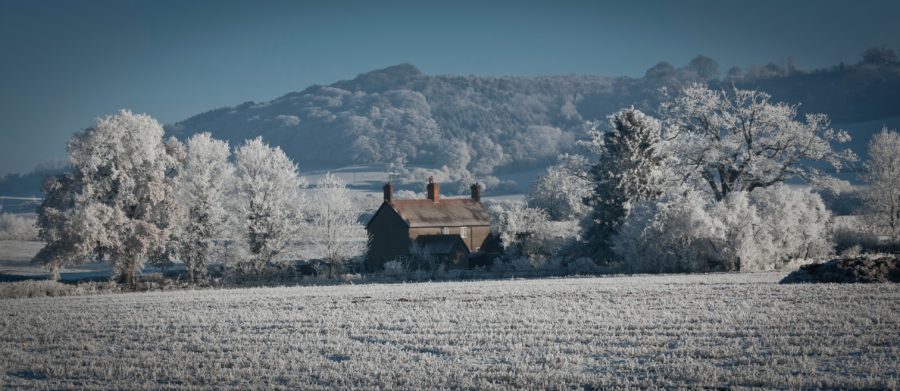Agriculture-related losses from the recent winter storm in Texas are estimated to total at least $600 million, according to the Texas A&M University AgriLife Extension Service, reported The New York Times (March 4).
Here’s a breakdown of the storm’s eye-opening damage totals in specific agricultural segments:
LIVESTOCK
Texas’ losses included at least $228 million in livestock, as water tanks froze, feedlots and dairies ran out of feed, and grain-rich grazing fields were damaged. Poultry operations endured the death of chicks and eggs that would not hatch, while calves, lambs, and kids froze to death.
Additionally, there were other animal deaths in the state’s $1.3 billion exotic species business. More than 125 species of what are called “Texotics,” such as wildebeests and blackbuck antelopes, live on thousands of ranches across south Texas.
There were also significant losses of livestock grazing materials such as oats and rye grass, according to Mark Welch, Ph.D., AgriLife Extension economist, reported Fruit Growers News (March 4).
PRODUCE
Citrus took the largest hit in Texas from the cold snap, with a loss of at least $230 million. This year’s lemon and lime crops are gone, while the grapefruit harvest in the Rio Grande Valley was about halfway finished when the cold came, according to Dale Murden, a citrus grower and president of Texas Citrus Mutual.
Meanwhile, vegetable growers are still assessing which crops will need to be replanted and which can be saved. The report estimates a loss of $150 million in that industry segment.
Cool-season vegetable crops like leafy greens, beets, cabbage and celery were lost. Warm-season crops of potatoes and watermelons planted for early harvest were also devastated by the freezing weather.
WEATHER IMPACTING MUCH OF U.S.
Over the past year, multiple storms across the country have caused major disruptions to farmers. Cotton producers and farmers in the Rio Grande Valley took a devastating hit from Hurricane Hanna in late July, while Iowa dealt with damage of its own from a devastating derecho windstorm in August – which was later determined by the NOAA to have caused an estimated $7.5 billion in damages, making it the most costly thunderstorm disaster in U.S. history.
Meanwhile, California’s statewide snowpack recently had a snow water equivalent of just 15 inches, representing 61% of the March 2 average, according to the California Department of Water Resources. California is now coming off a fifth straight month of below-average snow and rainfall, prompting fears of a pending drought.
In total, 2021 is off to a rough start for America’s farmers, thanks to some uncommonly rough weather.












